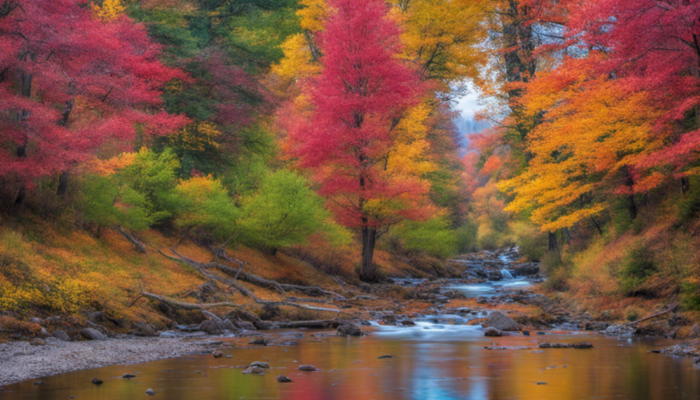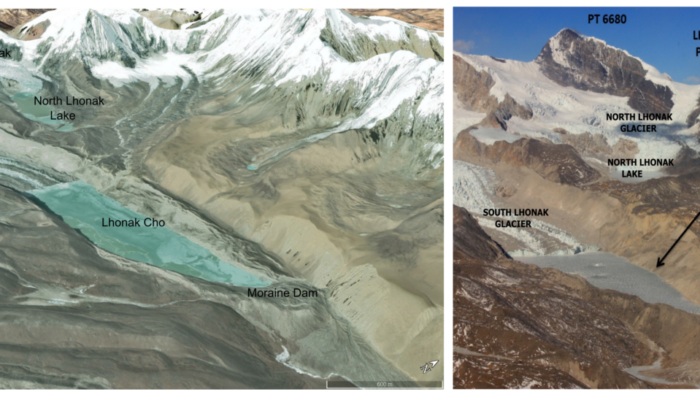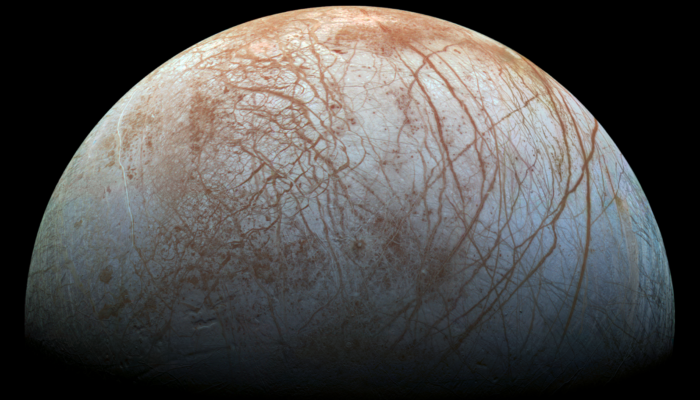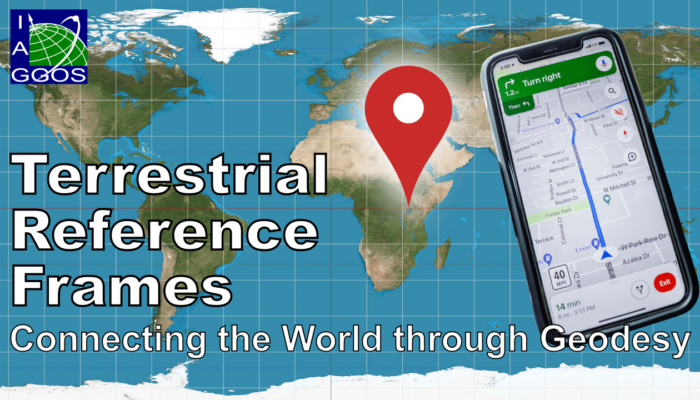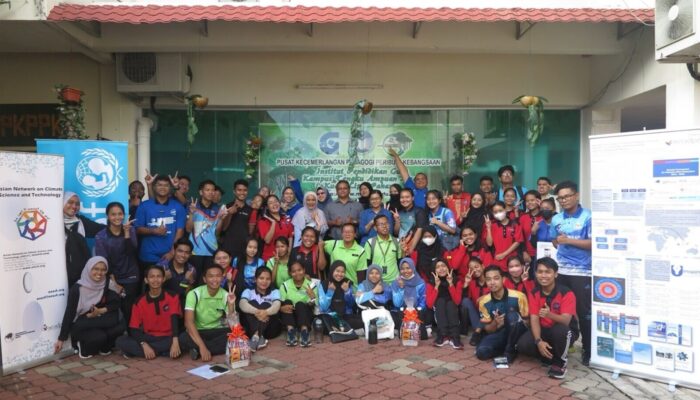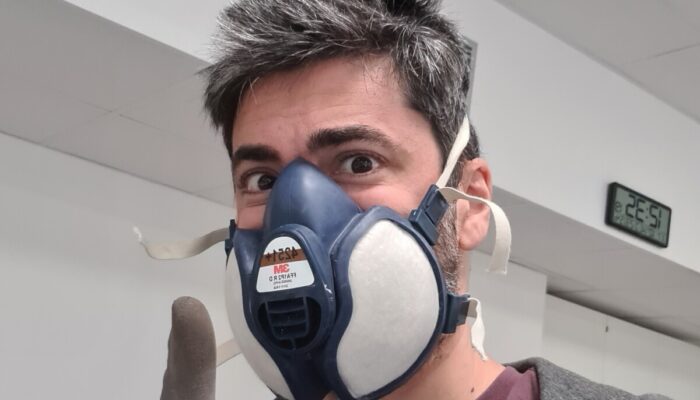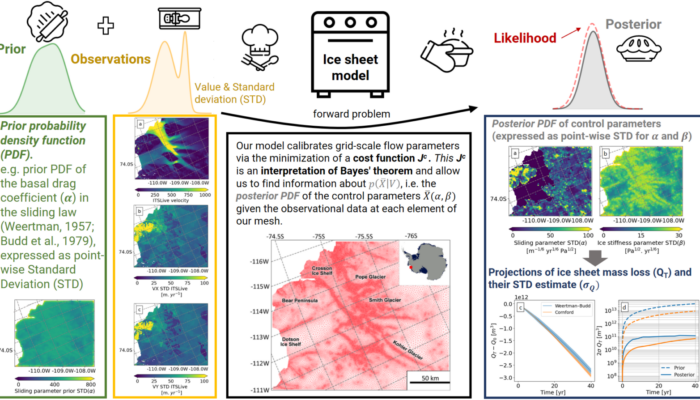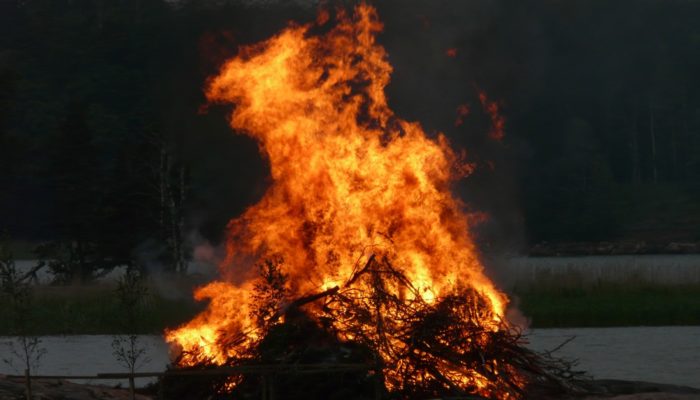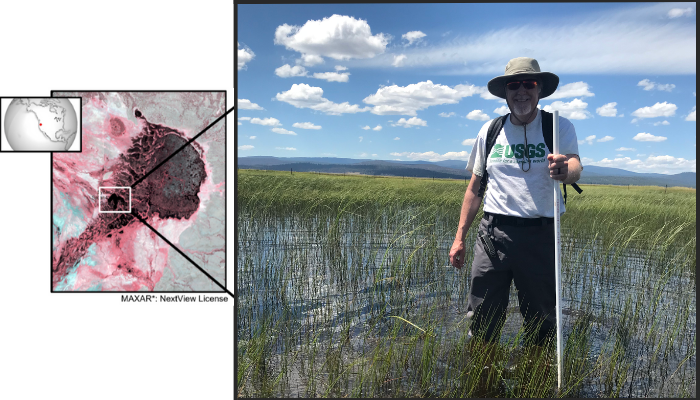The EGU Programme Committee convened in late October to finalize the scientific program for the upcoming General Assembly, GA2024. Their task involved organizing the numerous session proposals, spanning 22 divisions, including Inter- and Transdisciplinary (ITS) sessions, discussing the format of scientific sessions (do expect news for virtual posters and PICOs at GA2024!), the mentoring programme, ...[Read More]
Cryospheric Sciences
A ‘Ticking Bomb’: Understanding the 2023 Glacial Lake Outburst Flood (GLOF) in Sikkim Himalaya
In this week’s blog post, Dr. Remya S N and Dr. Vishnu Nandan talk about how optical and radar satellite images were used to characterize the very recent catastrophic Glacial Lake Outburst Flood (GLOF) from the South Lhonak Lake in the Indian Himalaya before and after the flooding and highlight the importance of timely observations and monitoring for people’s livelihoods. The South Lhonak L ...[Read More]
Geodynamics
Slow Evolution of Europa’s Interior
“Europa may be one of the most promising places in our solar system to find present-day environments suitable for some form of life beyond Earth.” This week in News & Views, Kevin Trinh, a PhD student at Arizona State University, discusses how his recent works on Jupiter’s moon Europa can enlighten us about the evolution of Europa’s interior. One of the most promising p ...[Read More]
Geodesy
Geodetic reference frames – Why do we need them?
A geodetic reference frame provides the foundation for determining positions on Earth and in space, as well as for reliably quantifying our planet’s changes due to geodynamic processes and ongoing climate change. The ITRF ensures a uniform basis to tackle current and future challenges, including a wide range of location-based applications (navigation, traffic and fleet management, transport ...[Read More]
Natural Hazards
Training of Trainers to improve Geological Disasters Resilience in Malaysia
Over the years, we have witnessed a growing number of geological disasters due to climatic shifts. One such disaster is the landslide, and the main culprit of such occurrences can be attributed to intense rainfall coupled with high slope angles, especially in areas previously not expected to be susceptible. In this post we share a successful experience of ‘training of trainers’ in Mala ...[Read More]
Geomorphology
A Day in the Life – Riccardo Reitano
This blog post is part of our series: “A day in the life of a geomorphologist” for which we’re accepting contributions! Please contact one of the GM blog editors, Emily or Emma, if you’d like to contribute on this topic, or others. by Riccardo Reitano, PostDoc Researcher, University of Rome “Roma Tre” Email: riccardo.reitano@uniroma3.it So, this is how I live now. Well, luckily, this is just h ...[Read More]
Cryospheric Sciences
Recipe to quantify calibration errors in a time-dependent ice sheet model
Ice sheet models are awesome tools that help us learn and predict the fate of ice sheets under human-induced climate change. However, all models have errors. What types of uncertainties exist in an ice sheet model and how can we quantify some of them efficiently? Check out our recipe to quantify one type of uncertainty in sea level rise projections: The model calibration error. Not a numerical mod ...[Read More]
Geodesy
EGU Campfire Geodesy – Share Your Research – Seventh Edition
We are finally back with the 7th edition of Geodesy Campfire – Share Your Research. The Geodesy EGU Campfire Events “Share Your Research” give (early career) researchers the chance to talk about their work. We have two exciting talks; the first is by Stacy Larochelle and the second is by Parisa Shafiei. Below you can find detailed descriptions of their talks. We will have time for networking ...[Read More]
Geodynamics
The Sassy Scientist – The lost mug dilemma
You guessed it right, it’s that time of the month when I emerge from my lair, ready to share some of my great wisdom to help you navigate this scorching October. Seriously, my climate crisis depression has me in its grip but I’m here to cool us down a little bit, no worries. So, this week, we tackle Lara’s question: Should I leave academia or apply for a post-doc after my PhD? Dear Lara, You ...[Read More]
Hydrological Sciences
Care to get your boots wet? The ‘Partial Surface Water Challenge’
Inland surface water is a critical resource when scarce and a potential hazard when floods occur. Because the extent of surface water affects habitat condition, weather, and biogeochemical cycles, our ability to accurately track variations in surface water extent is important for resource management, science, commerce, hazard mitigation, and policy making. Openly distributed data derived from sat ...[Read More]

